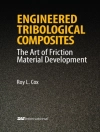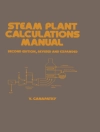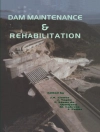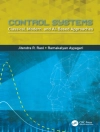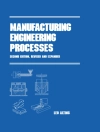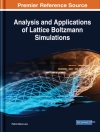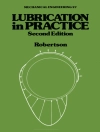This book provides the systematic knowledge of a novel process of servo scanning 3D micro-electro-discharge machining (SS-3D micro-EDM), covering principles, methods, technologies, and optimization for machining 3D microstructures of conductive materials. The content emphasizes the systematic knowledge as well as the frontier research progress of SS-3D micro-EDM, allowing it to be used as a reference handbook for planning the whole machining process of 3D microstructures, for designing machining systems or machine tools, and even for understanding the ideas of innovative processes. The processes and the machine tools of SS-3D micro-EDM have promising applications in multi-fields for machining micro-devices or microstructures made of melt and metal alloy materials. The included methods and technologies are verified by testing and machining experiments. Thus, this book presents many machining examples, including the experimental parameters, conditions, and systems. These help the readers understand the concepts, theories, and methods easily and provide practical operation guidance for engineering applications in industrial machining processes and machine tools.
Table des matières
Chapter 1. Basic Principle.- Chapter 2. 3D CAD/CAM System.- Chapter 3. Pulsed Power Supply with Discharge Detection Circuit.- Chapter 4. Servo Control of Micro Discharge Gap.- Chapter 5. Precision Fabrication and Measurement of Micro Tool Electrode.- Chapter 6. Effect of Process Parameters.- Chapter 7. Vibration-Assisted SS-3D Micro EDM.- Chapter 8. SS-3D Micro EDM Based on Macro/Micro-Dual-Feed Spindle.- Chapter 9. Algorithms to Reduce Depth Errors.- Chapter 10. On-Machine Process of Rough-and-Finishing SS-3D micro EDM.- Chapter 11. Array SS-3D Micro EDM by Using Array Tool Electrodes.- Chapter 12. Hybrid Process of SS-3D Micro EDM and Scanning 3D Micro ECM.- Chapter 13. SS-3D Micro EDM Applied in Machining Pierced Micro Structures of Ti Ni alloy tube.- Chapter 14. Discussion and Prospect.
A propos de l’auteur
Hao Tong received his Ph.D. degree from Harbin Institute of Technology, China, in 2008. From June 2008 to June 2010, he worked at Tsinghua University as a postdoctoral fellow, then worked at the University of California, Los Angeles (UCLA), as a visiting research scholar from September 2016 to September 2017. He is currently an associate professor of Department of Mechanical Engineering at Tsinghua University, China. His research mainly focuses on micro/nano-non-traditional machining processes, technologies, and systems including electro-discharge machining (EDM), electrochemical machining (ECM), and spark assisted chemical engraving (SACE). He has published more than 80 academic papers and owned more than 40 invention patents. He was awarded the Beijing Higher Education Young Elite, the Good Youth Award of Intelligent Manufacturing on the 30th Anniversary of China Association for Mechatronics Technology & Application (CAMETA), the Invention Award of Science and Technology in Mechanical Industry of China (first prize), the Outstanding Paper Award on the 40th Anniversary of Chinese Nontraditional Machining Society (1979-2019), the Excellent Paper Award of Chinese Mechanical Engineering Society (CMES), and the Excellent Paper Awards of 14th and 15th Chinese Nontraditional Machining Conference.
Yong Li graduated in mechanical engineering at Harbin Institute of Technology, China, in 1982. And he received his Ph.D. in precision engineering at Niigata University, Japan, in 1991. He is currently a tenured professor of Department of Mechanical Engineering, Tsinghua University, China. His research interest is in micro/nano-manufacturing, including micro-EDM, micro-ECM, ultra-precision machining, and microfluidic devices. He has published more than 200 research papers and received 50 warranted invention patents of China. He also received a first-class invention award of science and technology in mechanical industry of China in 2015, a first-class award for the advancement of science and technology from the ministry of education in 2003, a second-class award for the advancement of science and technology from Beijing City in 2000, and a second-class award for the advancement of science and technology from the ministry of education in 1999.



